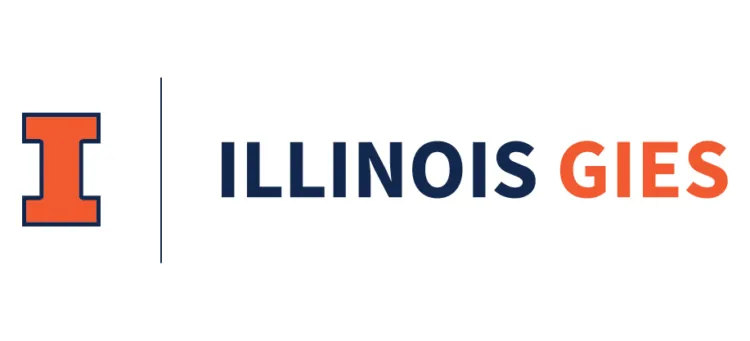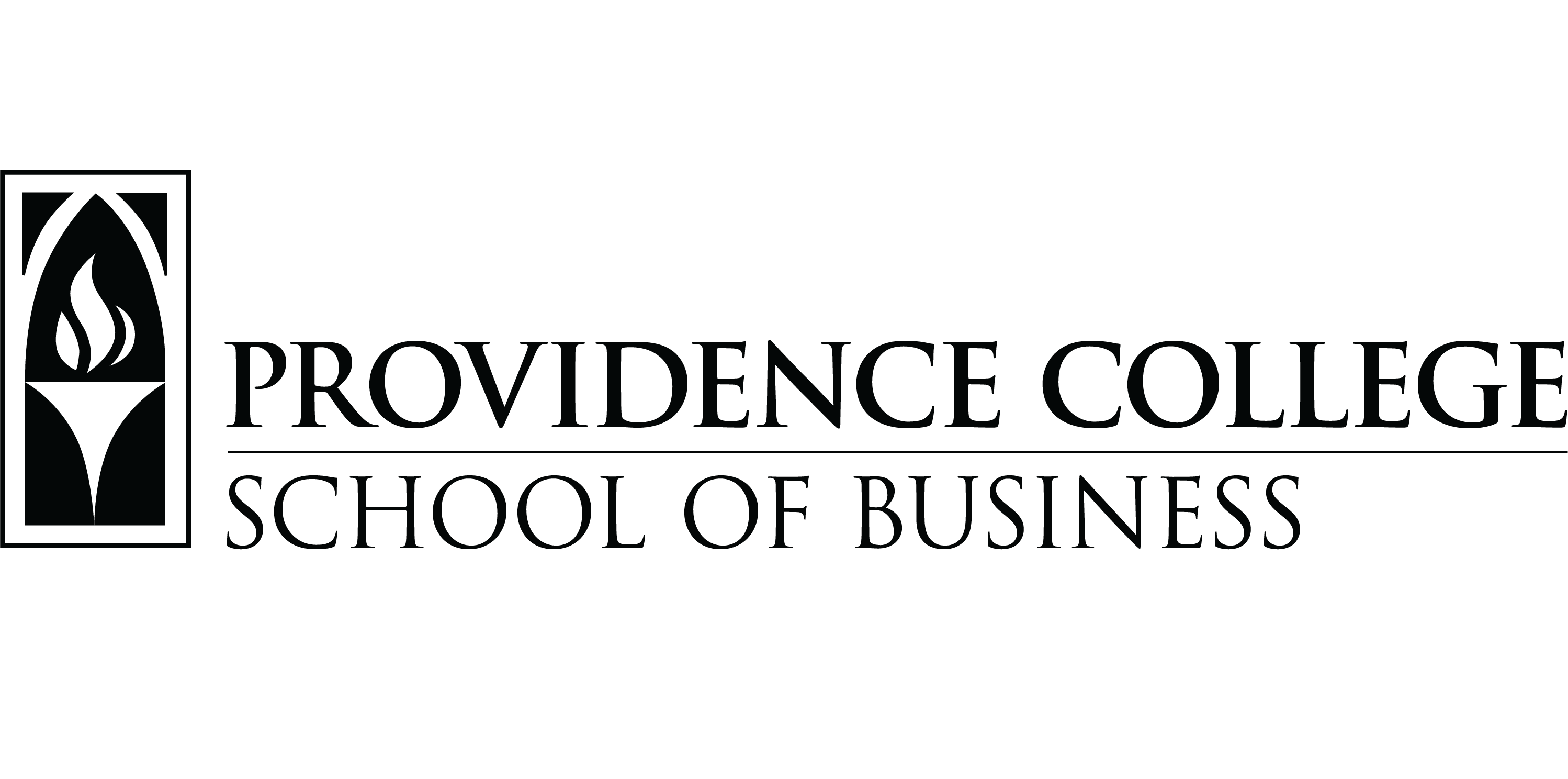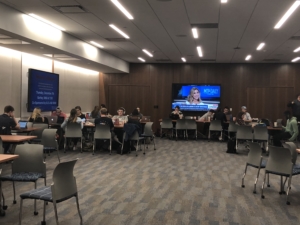P&Q: Are there any other recruiting trends you see stirring up?
Stover: Virtual interviewing is still being propelled forward. It got started in financial services and accounting, but it has expanded to other industries such as communications and consumer products. We’ve seen it from companies such as Johnson & Johnson and Discovery. So this concept is not letting up.
It’s easier to wrap your brain around than accelerated recruiting because of increased efficiencies, but it’s interesting how uncomfortable students are. Everybody assumes that because it’s Gen-Z and they grew up with technology that this is a format that they’d enjoy. It really isn’t.
It’s incredibly uncomfortable and awkward compared to live interviews and it takes the human element out of it on the front end. Students feel slighted and that it’s too impersonal. Our population of students are very relationship oriented so the non-physical contact is a slight to them.
P&Q: Which companies are your top recruiters at the business school?
Stover: Off the top of my head, the Big Four are some of our biggest hirers also financial services firms and bulge bracket banks. Outside of accounting and financial services companies such as J&J and IBM.
P&Q: Which industries and companies are most popular among students?
Stover: Above and beyond it’s financial services and accounting followed by consumer products, and advertising which includes digital, SEO, and full-service ad agencies. The tech space is of some interest and in the past two to three years, strategy consulting at top-tier strategy firms such as BCG, McKinsey, and Bain has become popular. There are also some specialty areas of interest for us in the sports and entertainment industry and fashion.
P&Q: What major changes have you seen in what employers are looking for in graduates?
Stover: They’re looking for students to have tech skills; specifically programming and coding skills. Not necessarily expertise, but familiarity. Popular programs include Python, R, and others. They’re also seeking knowledge around analytics and that’s seen across all disciplines. Marketing, finance, and — believe it or not — accounting. Right now, the auditing space is being driven by analytics. Instead of the traditional way of locking yourself inside a room to do an audit, that’s being off-shored and companies are now using auditors to look at analytics as a result of the data crunching and telling a story from there.
On the soft skills side, employers are looking for problem solving skills. It’s not just consulting companies that are asking for a demonstration of problem solving skills. It’s being sought out across many industries.
P&Q: And what changes have you seen in what graduates are expecting from their future employers?
Stover: I think students who did the analytics co-major or minor are looking for opportunities to pursue that professionally. Some employers are coming out with analytics-named positions or the context of it might be embedded into job descriptions. Students are looking for this. Also — not new — but they’re looking for opportunities to be developed.
P&Q: What do you wish students did more of or less of as it relates to professional development and career planning?
Stover: Talk about it. Ask questions, seek advice and input. There are a lot of students who ruminate about it in their minds or maybe with a friend or two. They may feel like everyone else has it together and they don’t. The more information they can gather, insights they can get, the better they’ll be. Oftentimes hearing themselves talk through their concerns and interests out loud is really powerful.
P&Q: In your role as executive director of the careers office, what keeps you up at night?
Stover: The concern that we don’t have enough people on our professional development team to execute, act on, or take advantage of all the opportunities that could be available to our students. To borrow a line from our undergraduate dean, we’re putting 50 pounds of sugar into a five pound sack. I guess what that translates into is that the opportunities for professional development are unlimited and I get concerned that we don’t have the bandwidth to tap into all of it.
Also, not losing focus on the basics of professional development. Even though they’re coming in with higher academic profiles every day, the students are still 18,19, and 20 years old. They haven’t lived and breathed professional development so we have to maintain a level of empathy for where students are in the process.
DON’T MISS: FRESHMAN, SOPHOMORE RECRUITING ON THE RISE or REPORT: COMPANIES PLAN TO HIRE MORE ‘18 GRADS











